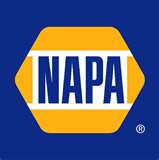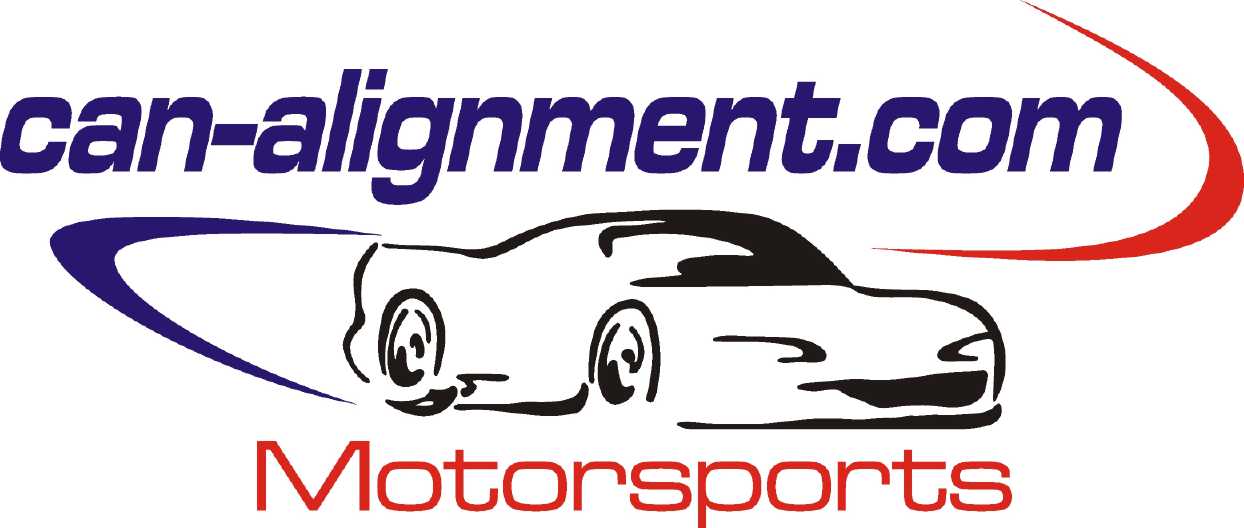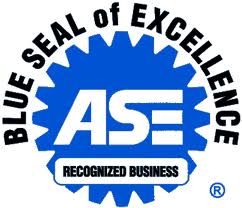


|
|
Brakes & Suspension Can-Alignment is pleased to be offering
Nitron Racing Suspensions.
Race R1
Supplier for RJS Racing Equipment, Inc. Can-Alignment recognizes that every racer - whether you're a professional or an amateur hobbiest - requires the appropriate safety equipment to maximize your experience at the track. With RJS Racing Equipment Can-Alignment can ensure that when you go out to the track you will have all of the equipment you require. When you're buying safety equipment you hope you'll never require it; but when you require it, you'll be relieved to know you have quality protecting you. Check out our fabrication page for more information about roll bars and roll cages that are custom built for your application. Scott preparing to replace bearings and service the brakes on a Volvo.
The following excerpt is taken from the SSGM magazine article on July 1997 by Scott Murfin: |
| Disc Brakes
of All Makes: Before pushing the calipers back, open the bleeders. Push the old fluid out, not back into the master cylinder. Use the proper lubricant, including anti-seize compound on metal to metal surface and silicone based product on metal to rubber surface. Use the slowest speed possible when machining rotors or put a non-directional cut on disc. Clean the disc thoroughly after machining to remove fine particles of metal. Corvettes
From 1962 to 1982: 1984 to 1986
Corvette: Ford Problems:
F-Series
Truck: Crown Victoria
& Grand Marquis from 1992 to Present: Jaguar
|